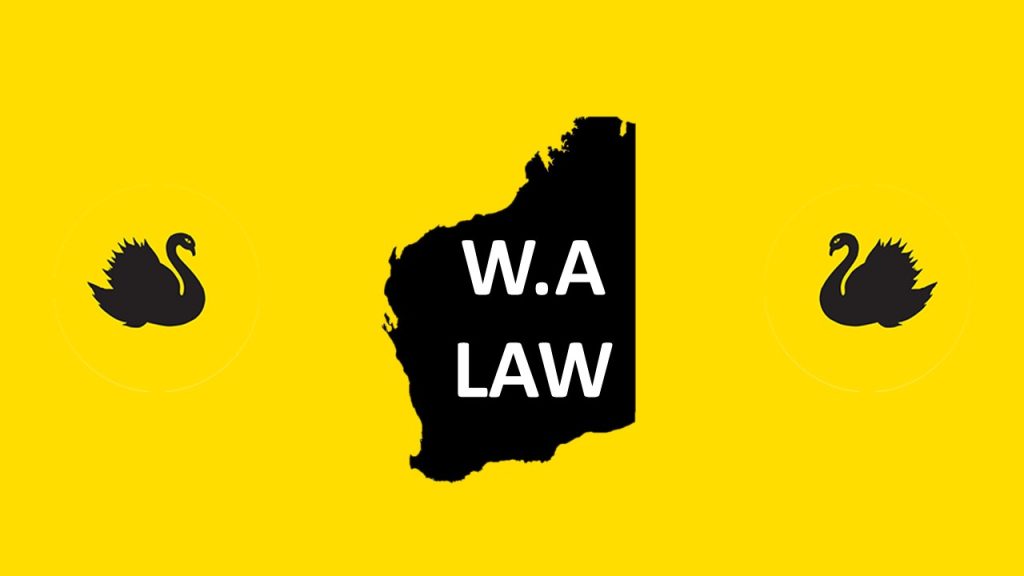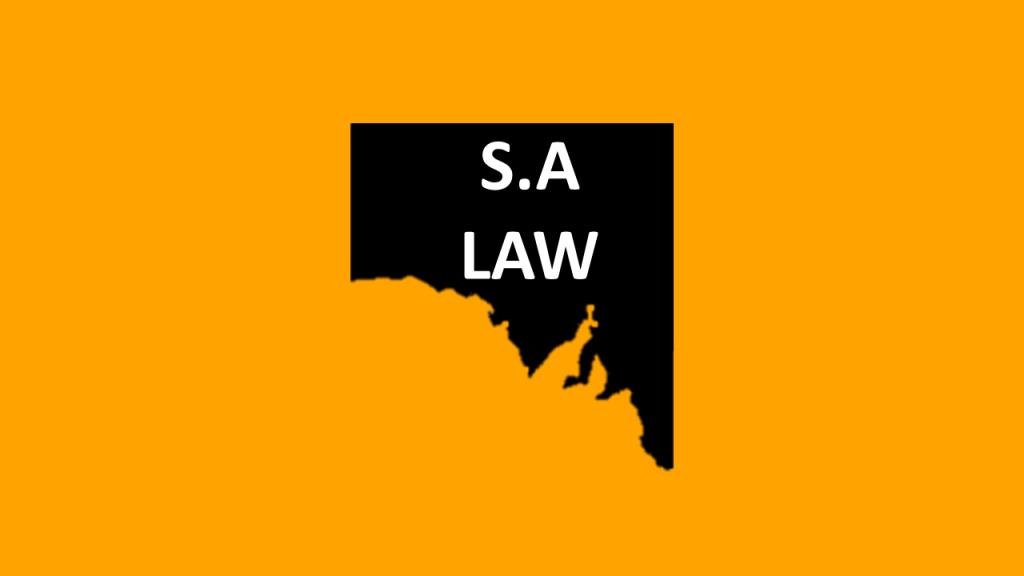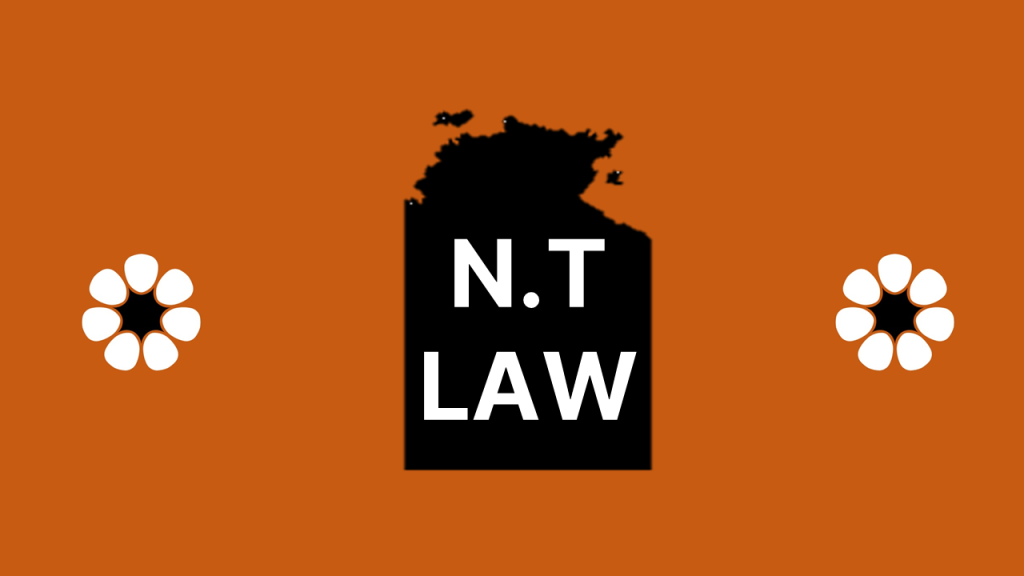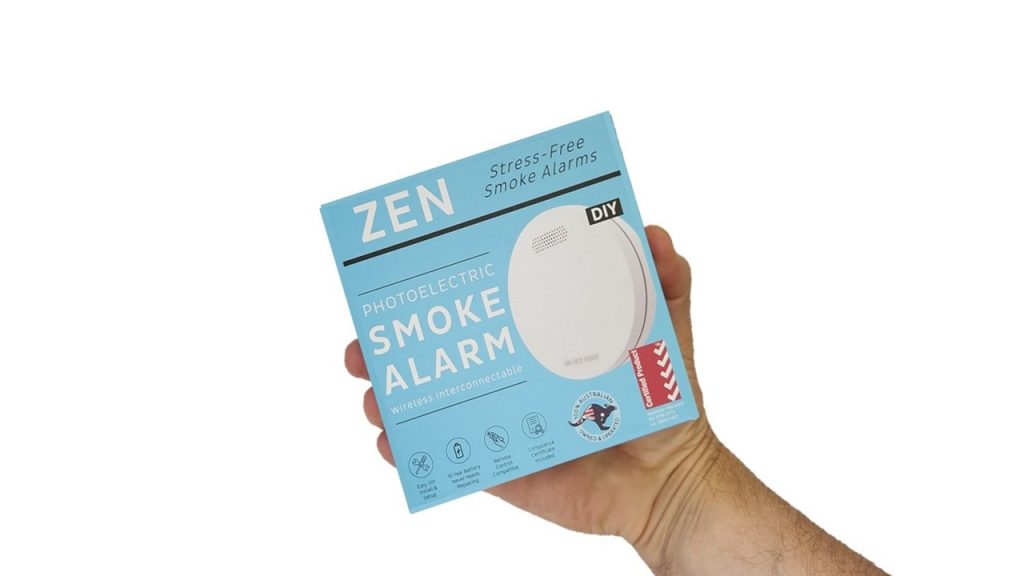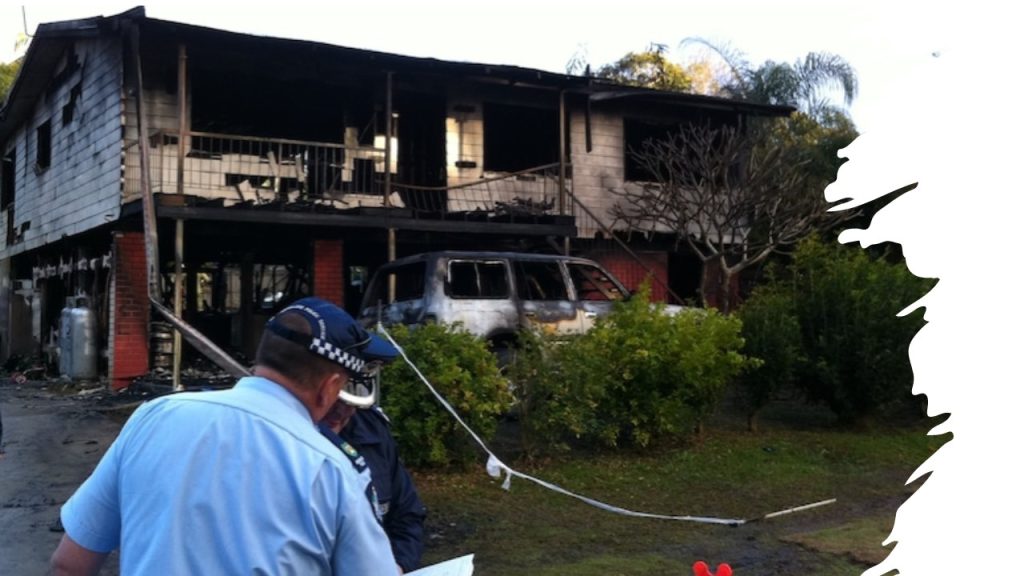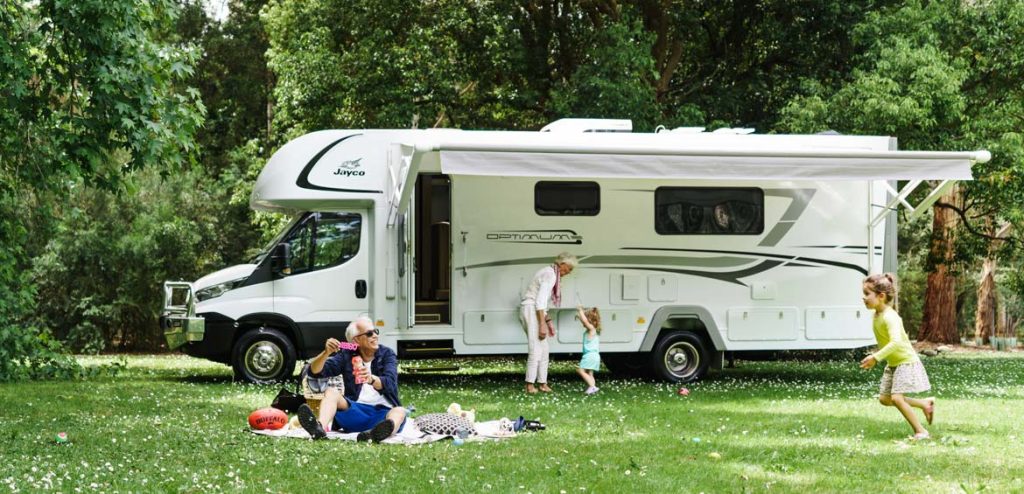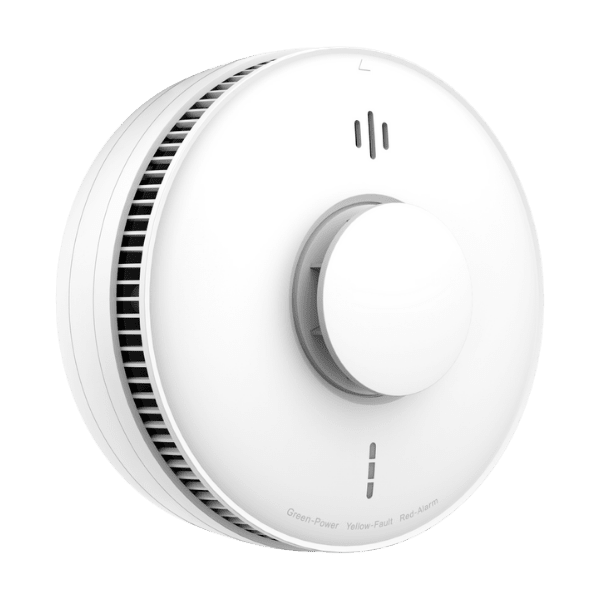Info
Key Insights: What Do The West Australian Smoke Detector Laws Actually State?
Smoke Detector Laws In Western Australia
Understanding Western Australia's smoke detector laws is essential for homeowners, land...
Smoke Alarms in South Australia: Important Facts About S.A Smoke Alarm Laws – What You Need to Know!
Understanding South Australia’s smoke alarm laws is essential for homeowners, landlords, and tenants to ensure compliance and safety. T...
Simple Guide: What Does The Northern Territory Smoke Alarms Law Actually State?
Northern Territory Smoke Alarm Legislation
Ensuring your home is equipped with the right smoke alarms is not just a legal requir...
Tasmanian Smoke Detector Laws: What You Don’t Know Could Cost You!
Photoelectric Smoke Detector Laws In Tasmania
Tasmania’s smoke detector laws are designed to keep homes and families safe by ens...
Are Your Interconnected Smoke Detectors Truly Australian Standard 3786:2014 Compliant?
Interconnected Smoke Detectors
And Australian Standard 3786:2014
Before buying interconnected smoke detectors you should do y...
Your Interconnected Fire Alarm: 4 Top Secrets About The Australian Standard
Australian Standard 3786:2014 - Smoke Alarms Using
Scattered Light, Transmitted Light or Ionization
All photoelectric interco...
Expert Breakdown: The Truth Behind Queensland Smoke Alarm Regulations (Updated for 2027)
Smoke alarms save lives. It’s a simple fact, yet tragic fires in Queensland have shown time and time again that many homes were not ade...
Why Is Your Smoke Detector Beeping? 7 Secret Causes and How to Fix!
Nothing is more frustrating than a smoke detector beeping for no reason—especially in the middle of the night. If you’ve ever been jolt...
Essential Fire Alarms Guide for Caravans & Campervans – Protect Yourself And Stay Compliant!
Australians love the great outdoors – from Grey Nomads to the #vanlife movement, more people than ever are hitting the road. But while ...
Heat Detectors And Heat Alarms – 5 Important Facts You Need To Know!
What Is A Heat Detector And What Does It Do?
Heat detectors, sometimes referred to as heat alarms, are specialized devices designed ...

